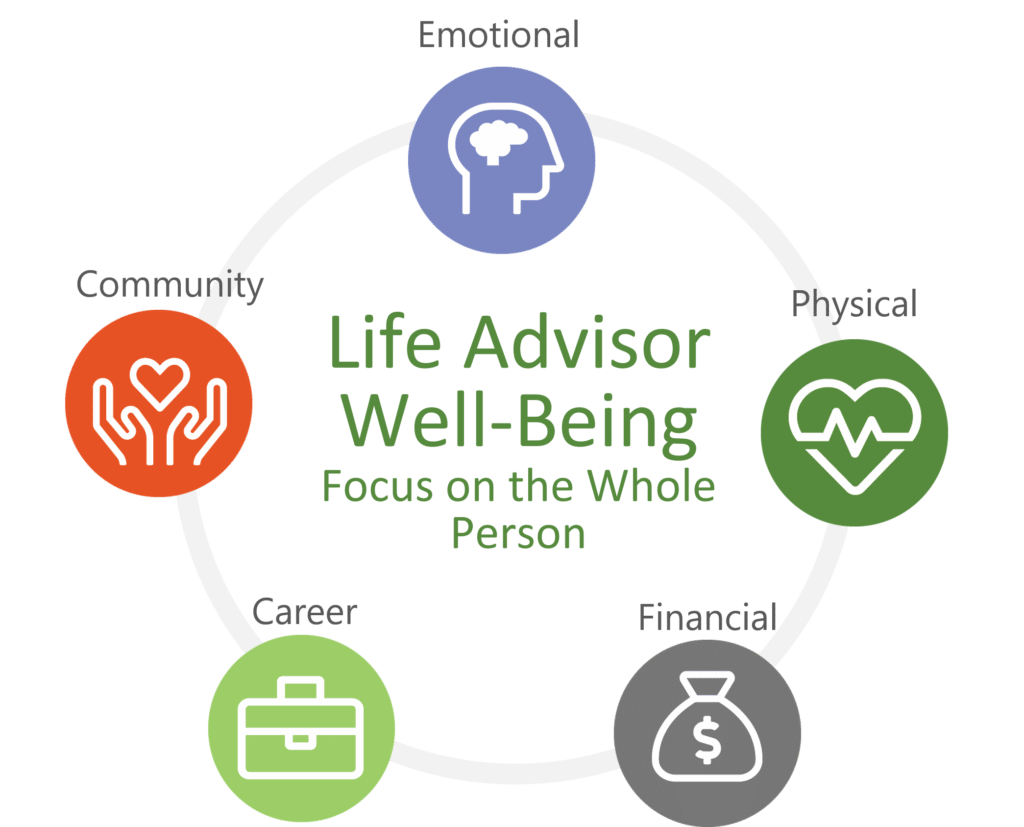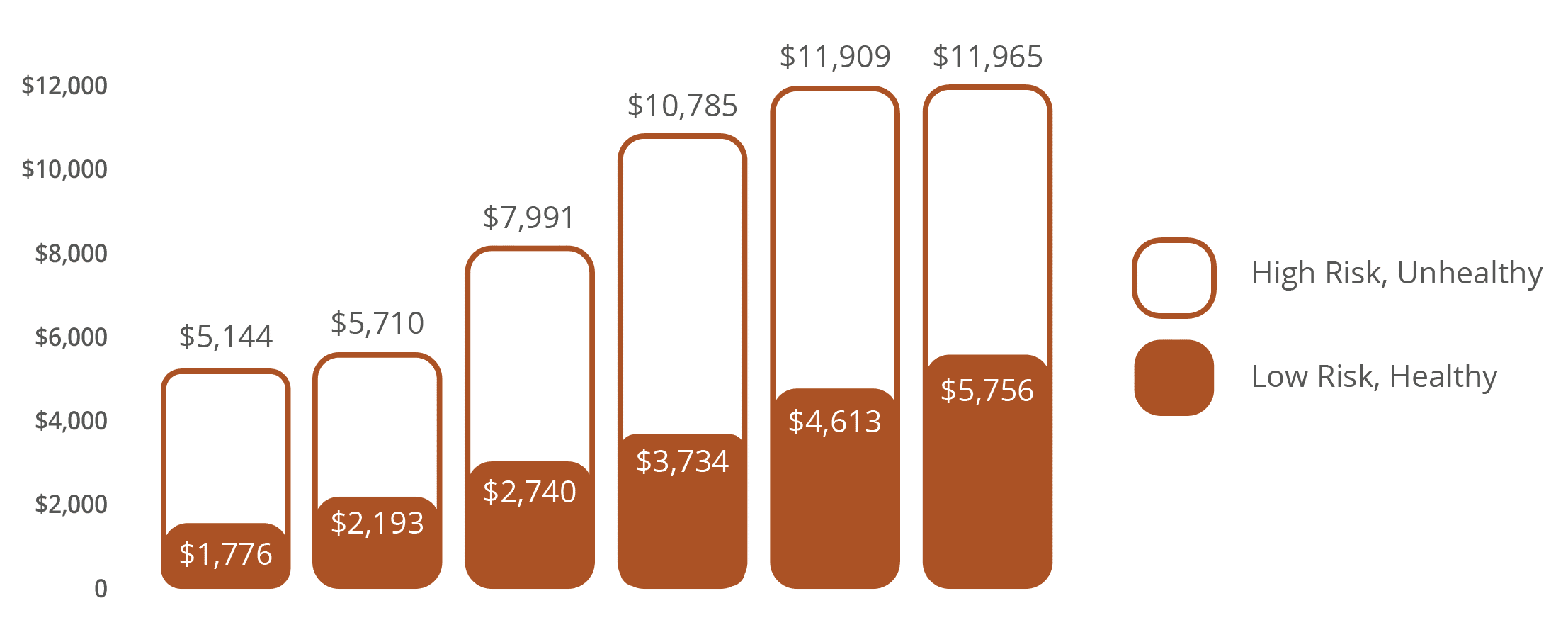Workplace Well-being
What is Total Well-Being?
Today, companies of all sizes offer wellness programs as part of their standard employee benefits packages. Also, the wellness movement has shifted from focusing on just the physical needs to 'total well-being' --which is much more than just emotional and physical well-being. Total wellness is the full integration of different states of well-being. The model used by the Ulliance Life Advisor Wellness Program includes physical, emotional, financial, career and community wellness. Eachof these five dimensions act and interact in a way that contributes to our quality of life.
At Ulliance, we've been focused on total well-being for over 30 years --long before it was an industry buzzword. We can help you choose a flexible program that scales to meet the changing needs of your workforce.
Read on to learn more about how well-being programs can empower your employees and their family members to adopt and maintain healthy lifestyle behaviors so that they can thrive!
What is a Well-Being Program?
Wellness or well-being programs are provided by employers to help keep their workforce thriving through education, tools, social support and better access to healthy choices and activities. At its core, it should be a holistic approach to caring for your people, one that includes 5 key components.
Take a peak at some of the well-being tips and trends we provide our client partners below!
What to Look For In a Wellness Program
Your wellness program should cover these areas-called the 5-to-thrive components of well-being:
- Financial
- Career
- Community
- Emotional
- Physical
Robust well-being programs typically include tools, resources and coaching that address:
- Physical activity
- Healthy eating
- Stress management
- Disease prevention
- Work/Life balance
- Sleep hygiene
- Financial health
As you can see, it's more than just checking your cholesterol, working out and eating right. Even if you've got a lock on physical health, your financial health could be in jeopardy, and that could impact your work performance. Programs that focus on total well-being will support all five of these key areas.
A good well-being program also protects employee privacy, especially in cases where employees are trying to change unhealthy behaviors.
And a great well-being program does all the things mentioned above but also comes with built-in support by dedicated account managers who can help you increase utilization rates.
Wellness programs can be stand alone programs or rolled up under an EAP.

3 Goals of a Well-Being Program:
1
Keep your healthy employees low risk
2
Reduce your high risk employees to medium or low risk
3
Decrease your organization's
healthcare costs
Why Provide A Wellness Program?
Simple: Return on Investment. Employers who invest in the wellness of their employees see $1 to $3 decreases in their overall health care costs for every dollar spent.
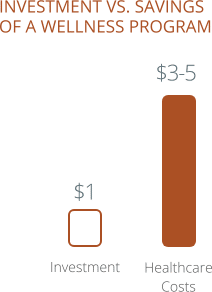
In addition to saving on health care spending, wellness programs can help improve the productivity, attendance and longevity of your workforce.
Bonus: Well-being programs can also be leveraged as a perk to help with recruiting, especially in competitive job markets.
Take a peak at some of the tools and resources we provide to our client partners. Download our resiliency infographic poster and share with your team!
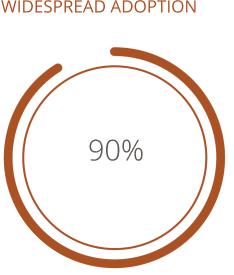
More than 9 in 10 organizations surveyed by the International Foundation of Employee Benefit Plans (IFEBP) offer at least one kind of wellness benefit.
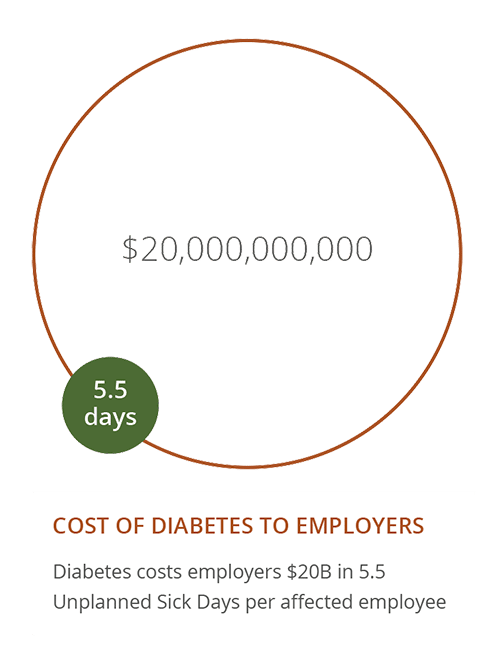
Do We Need A Wellness Program?
Again, the answer is simple: Any organization that employs human beings will benefit from a wellness program.
We humans have a tendency toward unhealthy habits, which lead to health risks, possible disease, and then to higher healthcare costs. These costs impact both the employer and the employee.
The most common and costly health conditions that are negatively impacting today's employees and their employers are:
- Anxiety/Depression/Stress-related disorders
- Heart health
- Diabetes
- Obesity
Wellness Program Costs Per Employee
Just like EAPs, well-being plans vary greatly in scope and cost. From 2016 to 2017, nearly one-quarter of companies increased their wellness offerings. So what are companies spending on employee wellness these days?
A recent survey by United Healthcare revealed that companies spend an average of $742 per employee per year on wellness.
Regardless of the type of program you choose, it's important to understand the costs of unhealthy employees.
One out of every four dollars employers pay for health care is tied to unhealthy lifestyle choices or conditions like smoking, stress and obesity. It has been estimated that 75 – 90 percent of all visits to primary care physicians are for stress related problems.
Annual Medical Costs

How Do Wellness Programs Work?
As we mentioned before, today's wellness programs have evolved to reflect what we've learned from the past and what employees are facing now and in the future.
Wellness programs used to be administered with an 'if you know better you do better' attitude. But in real life, we know this to be untrue.
What is true is that just knowing what you should be doing to be healthy, does not create real, sustainable change. Real change requires one-on-one coaching that drives accountability for the individual to not just know better--but do better.
That's why psychological-based wellness programs with a coaching model are so successful.
The major hurdle, for any employer offering a well-being program to their employees, is people are resistant to change.
The right wellness program will support your employees with one-on-one coaching and attention to help them break out of their old patterns and make real change happen.
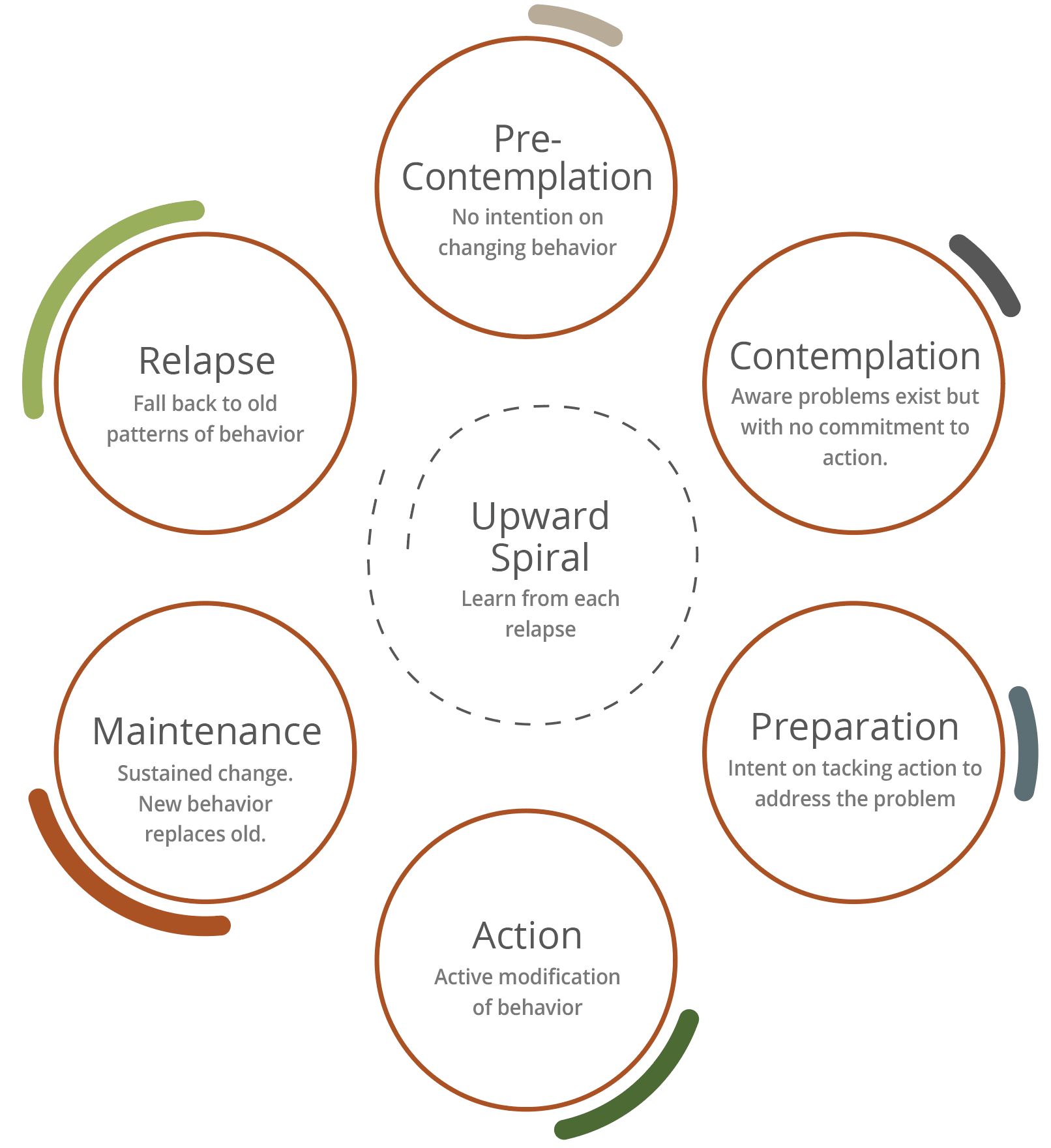
Don't Automate Your Health
There's a move toward automating everything these days, and technology has sped up the pace of both our business and our personal lives. However, we don't recommend that you automate your health care. For example, while little conveniences like filling a prescription via a phone app make sense, you still need to talk through some of your medication's side effects with the pharmacist.
Human-driven well-being programs offer some of the conveniences of modern technology but balanced with much-needed human interactions.
It's important to make sure that you have instant access to an account manager who can provide recommendations for you to get the most out of your well-being program or answer any questions you might have. Avoid providers who send you to automated-phone-trees at all costs.

How To Successfully Implement A Well-Being Program
The Center for Disease Control recommends the following framework to develop and implement your wellness program that is based on these 4 components:
4 Components of an employee well-being program
- Assessment - assess your organization's needs
- Program Planning - plan a program that answers those needs
- Implementation - implement your program with help from your provider
- Evaluation - conduct regular evaluations to measure success
The other key to success is having support for your HR team. One of the common complaints we hear about from other well-being programs is they take off with a lot of momentum and interest and then fade over time. This is typically because there is no one in the organization accountable for maximizing its use. The program is launched and then orphaned.
A robust well-being program, like the Ulliance Life Advisor Well-being Plan, comes with a dedicated Senior Wellness Account Manager who will help you optimize your program to increase utilization and attain ROI. An on-demand, web based portal should also be used to implement, track, and organize best practices for your organization.
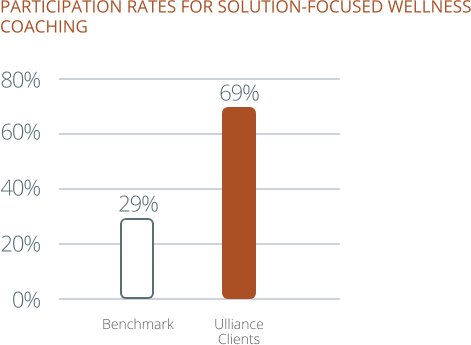
Meet a Wellness Account Manager!
Christin Hasselbring
"You don't need a big budget to start a wellness initiative all you need is a spark. Be the spark! Start small movements that will help change the culture."
Corporate Wellness Experience:
24 years
Fun fact:
Christin teaches group fitness classes through her own LLC and is also a spin instructor at a local studio!
5 Signs It's Time To Upgrade Your Well-Being Program
If it's been a while since you've looked at your wellness program, or if you're questioning its value and return on investment, here are a few signs that it might be time for an upgrade:
- Poor engagement or utilization rate
- Unclear or low ROI
- No utilization reports
- No dedicated wellness coach or account manager
- No support for the specific needs of your workforce
3 Myths (Busted!) About Wellness Programs:
Can we be honest? There's a lot of misinformation about wellness and well-being programs out there. Some of the confusion stems from the fact that particular well-being programs are sometimes not a good match for the organizations they're supposed to support. There's also a chance that the program was not properly implemented.
Let's set the record straight on three common myths about these programs.
- Myth: ROI is faith-based or impossible to prove.
Truth: Well-being programs are measurable. - Myth: Wellness programs cannot scale.
Truth: Many modern well-being programs are scalable and can be customized to fit the size and/or needs of the company. - Myth: Employees won't use it.
Truth: Employees are more likely to use well-being programs if they are communicated clearly and enhanced with regular human interaction and incentives.

Total Well-Being Programs Are Worth The Investment
Total well-being programs address a full spectrum of emotional and physical issues and help your employees improve their overall well-being and performance — both at home and at work.
Our Life Advisor Well-being program will help you develop a custom wellness strategy that is tailored to optimize your unique culture and your employee’s health, happiness and productivity. It is a comprehensive solution that empowers your employees to make healthy lifestyle changes while helping them overcome barriers to success.
Life Advisor Well-being Programs Deliver:
- Improved employee health resulting in healthier, more productive employees
- Lower healthcare costs by decreasing employee health risk factors
- A unique “solution-focused” wellness coaching model
- Wellness coaching by licensed behavioral health experts
- Personalized wellness plans and consumer education
- Higher employee engagement
- Genuine, long-term behavior change
- Wellness programs designed to meet your goals and budget
- Dedicated wellness managers and multiple checkpoints throughout the year
The Ulliance Focused Wellness Coaching model emphasizes:
- Assessing readiness to change
- Developing a wellness vision with the participant
- Identifying obstacles and barriers to goal achievement
- Identifying individual motivators
- Making a personalized action plan while making adjustment when necessary
If you're struggling to find the right well-being program for your organization, we can help. Visit our Life Advisor Well-Being Programs page to learn more.

